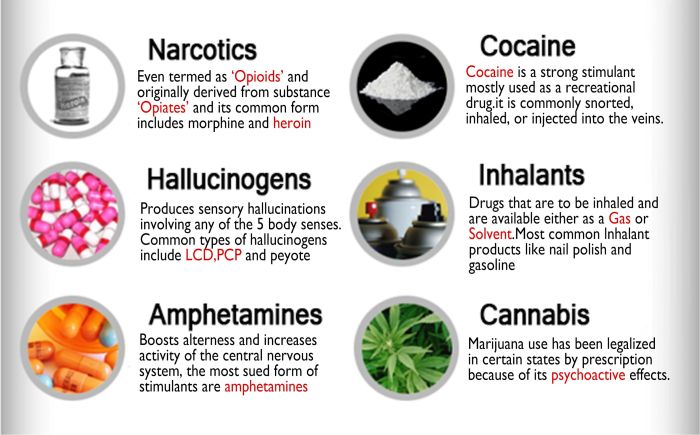Drugs made to imitate the effects of other drugs – Synthetic mimics, a captivating realm of pharmacology, unveils drugs meticulously crafted to mirror the therapeutic effects of other drugs. These ingenious creations, with their ability to replicate specific pharmacological actions, open up new avenues for treating a myriad of conditions.
From alleviating pain to combating neurological disorders, synthetic mimics hold immense promise in revolutionizing healthcare. By delving into their mechanisms of action, therapeutic applications, and ongoing research, we unravel the complexities of this fascinating field.
Definition and Overview

Drugs made to imitate the effects of other drugs, also known as “mimetics,” are substances designed to mimic the pharmacological effects of a specific target drug. These drugs share similar chemical structures and binding affinities to the receptors of their target drugs, enabling them to produce similar physiological responses.
Examples include opioids, which imitate the effects of morphine and other natural opioids, and stimulants, which mimic the effects of amphetamines and cocaine.
Mechanisms of Action, Drugs made to imitate the effects of other drugs
Mimetics achieve their effects by mimicking the structural features and binding interactions of their target drugs. They interact with the same receptors, triggering similar conformational changes and intracellular signaling cascades.
Chemical similarities and modifications, such as the presence of specific functional groups or the modification of side chains, allow mimetics to bind to the same receptors as their target drugs with varying affinities.
Therapeutic Applications
Mimetics have potential therapeutic applications in various medical conditions. For example:
- Opioid mimetics, such as methadone and buprenorphine, are used to treat opioid dependence and manage pain.
- Stimulant mimetics, such as methylphenidate and amphetamine, are used to treat attention deficit hyperactivity disorder (ADHD) and narcolepsy.
- Antipsychotic mimetics, such as risperidone and olanzapine, are used to treat schizophrenia and bipolar disorder.
Legal and Ethical Considerations
Mimetics are subject to legal regulations and ethical concerns due to their potential for misuse and abuse.
Their legal status varies depending on the specific drug and its target drug. Some mimetics are classified as controlled substances, while others are available over-the-counter.
Ethical concerns include the potential for addiction, overdose, and diversion for illicit use.
Current Research and Developments
Ongoing research focuses on developing safer and more effective mimetics with reduced side effects and abuse potential.
Emerging trends include the use of novel drug design techniques, such as computer-aided drug design and high-throughput screening, to identify and optimize mimetic candidates.
Comparative Analysis
The following table compares different drugs that imitate other drugs:
| Drug | Target Drug | Mechanism of Action | Therapeutic Uses | Side Effects |
|---|---|---|---|---|
| Methadone | Morphine | Opioid receptor agonist | Opioid dependence, pain management | Respiratory depression, constipation |
| Methylphenidate | Amphetamine | Dopamine and norepinephrine transporter inhibitor | ADHD, narcolepsy | Insomnia, anxiety, palpitations |
| Risperidone | Dopamine D2 receptor antagonist | Dopamine D2 receptor antagonist | Schizophrenia, bipolar disorder | Sedation, extrapyramidal symptoms |
Future Directions
The future of mimetic research lies in the development of more selective and potent drugs with reduced side effects.
Potential breakthroughs include the use of gene editing technologies, such as CRISPR-Cas9, to create genetically modified organisms that produce mimetics with desired properties.
FAQ Overview: Drugs Made To Imitate The Effects Of Other Drugs
What are synthetic mimics?
Synthetic mimics are drugs designed to replicate the therapeutic effects of other drugs, offering similar pharmacological actions.
How do synthetic mimics work?
Synthetic mimics mimic the molecular structure or binding properties of their target drugs, enabling them to interact with the same receptors and produce similar effects.
What are the therapeutic applications of synthetic mimics?
Synthetic mimics find applications in treating various conditions, including pain management, neurological disorders, and infectious diseases.
Are synthetic mimics safe?
The safety of synthetic mimics varies depending on the specific drug and its chemical properties. Extensive research and clinical trials are conducted to ensure their safety and efficacy.

